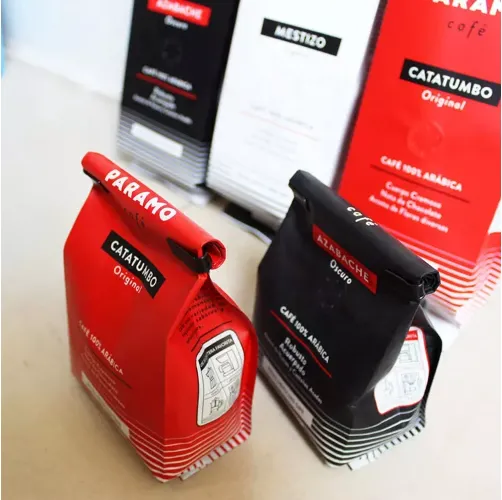- Afrikaans
- Albanian
- Amharic
- Arabic
- Armenian
- Azerbaijani
- Basque
- Belarusian
- Bengali
- Bosnian
- Bulgarian
- Catalan
- Cebuano
- chinese_simplified
- chinese_traditional
- Corsican
- Croatian
- Czech
- Danish
- Dutch
- English
- Esperanto
- Estonian
- Finnish
- French
- Frisian
- Galician
- Georgian
- German
- Greek
- Gujarati
- haitian_creole
- hausa
- hawaiian
- Hebrew
- Hindi
- Miao
- Hungarian
- Icelandic
- igbo
- Indonesian
- irish
- Italian
- Japanese
- Javanese
- Kannada
- kazakh
- Khmer
- Rwandese
- Korean
- Kurdish
- Kyrgyz
- Lao
- Latin
- Latvian
- Lithuanian
- Luxembourgish
- Macedonian
- Malgashi
- Malay
- Malayalam
- Maltese
- Maori
- Marathi
- Mongolian
- Myanmar
- Nepali
- Norwegian
- Norwegian
- Occitan
- Pashto
- Persian
- Polish
- Portuguese
- Punjabi
- Romanian
- Russian
- Samoan
- scottish-gaelic
- Serbian
- Sesotho
- Shona
- Sindhi
- Sinhala
- Slovak
- Slovenian
- Somali
- Spanish
- Sundanese
- Swahili
- Swedish
- Tagalog
- Tajik
- Tamil
- Tatar
- Telugu
- Thai
- Turkish
- Turkmen
- Ukrainian
- Urdu
- Uighur
- Uzbek
- Vietnamese
- Welsh
- Bantu
- Yiddish
- Yoruba
- Zulu
what is non woven cloth
What is Non-Woven Cloth?
Non-woven cloth, as the name suggests, is a type of fabric that is not woven in the traditional sense. Unlike woven fabrics that are created by interlacing threads, non-woven fabrics are made from fibers that are bonded together through various means, including chemical, mechanical, heat, or solvent treatment. This unique method of production gives non-woven fabrics distinct properties and advantages, making them suitable for a wide array of applications.
Manufacturing Process
The manufacturing process of non-woven cloth typically involves three main steps fiber preparation, web formation, and bonding. The fibers used in non-woven fabrics can come from multiple sources, including natural fibers like cotton and synthetic fibers like polyester or polypropylene.
1. Fiber Preparation The first step involves preparing the fibers needed for fabric production. This can involve pulling fibers from raw materials, mixing different types of fibers, and sometimes adding additives to enhance specific properties of the fabric.
2. Web Formation The prepared fibers are then spread out to form a web. This can be achieved through various methods such as carding, air laying, or wet laying. In carding, fibers are combed and then laid out in a mat. Air laying involves dispersing fibers into a chamber and allowing them to settle on a conveyor belt to form a web, while wet laying uses water to aid in bonding the fibers together.
3. Bonding The final step is to bond the fibers together. There are several methods to accomplish this - Chemical bonding uses adhesives to hold the fibers together. - Mechanical bonding involves entangling fibers through needle punching or thermal bonding (using heat to create fusions between fibers). - Heat bonding uses heat to melt fibers, allowing them to adhere together once cooled.
Characteristics of Non-Woven Fabrics
Non-woven fabrics exhibit various properties that make them unique and beneficial compared to traditional textiles
.what is non woven cloth

1. Cost-Effectiveness The production of non-woven fabrics often requires less energy and time than woven fabrics, making them more economical. This cost-effectiveness is crucial in industries where large quantities of material must be produced quickly, such as in the health and safety sectors.
2. Versatility Non-woven fabrics can be engineered to achieve specific properties, such as water resistance, breathability, durability, or softness. This versatility allows them to be tailored for various applications, from personal protective equipment to household items.
3. Lightweight and Disposable Many non-woven products are lightweight and can be manufactured to be single-use or disposable, making them ideal for medical applications, such as surgical gowns, masks, and bedding. This feature is particularly advantageous in reducing the risk of infection in healthcare environments.
4. Environmental Considerations While some non-woven fabrics are made from synthetic materials, there is an increasing push for sustainable options. Biodegradable non-woven fabrics made from natural fibers or fully compostable synthetics are being developed, which address environmental concerns associated with traditional synthetic textiles.
Applications of Non-Woven Fabrics
Due to their unique characteristics, non-woven fabrics are utilized in various sectors including
- Healthcare Surgical masks, medical gowns, wound dressings, and sterilization wraps. - Hygiene Diapers, feminine hygiene products, and adult incontinence pads. - Construction Home insulation, roofing membranes, and geotextiles. - Automotive Filters, insulation materials, and seat coverings. - Consumer Products Shopping bags, cleaning wipes, and disposable tablecloths.
Conclusion
In conclusion, non-woven cloth is a versatile and innovative material that stands apart from traditional textiles due to its unique manufacturing processes and characteristics. With applications spanning healthcare, hygiene, construction, and consumer products, the growing popularity of non-woven fabrics reflects the ongoing demand for efficient, effective, and sustainable solutions in the modern world. As technology advances, the potential for further developments in non-woven fabric production continues to expand, promising even more diverse and environmentally friendly uses in the future.













